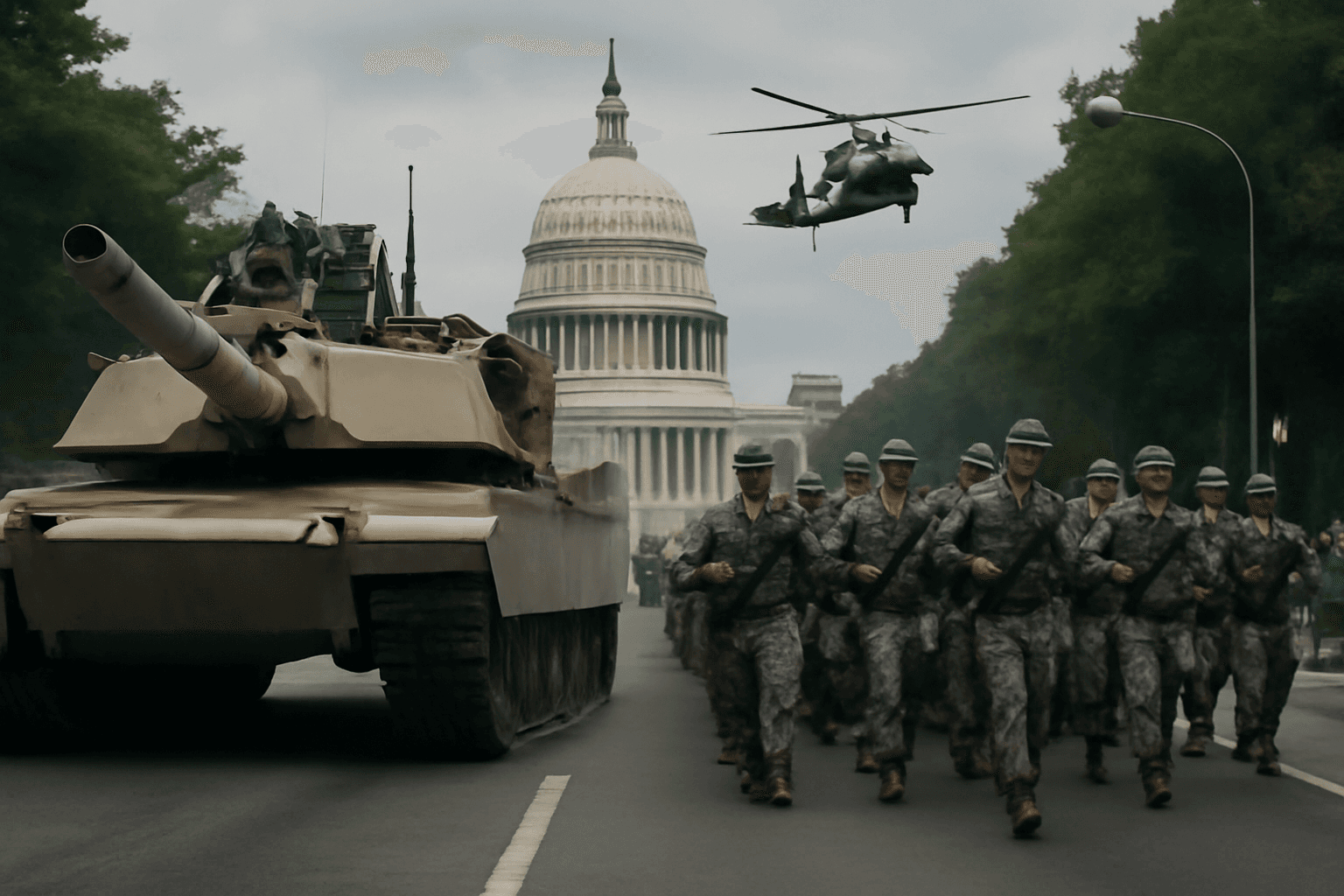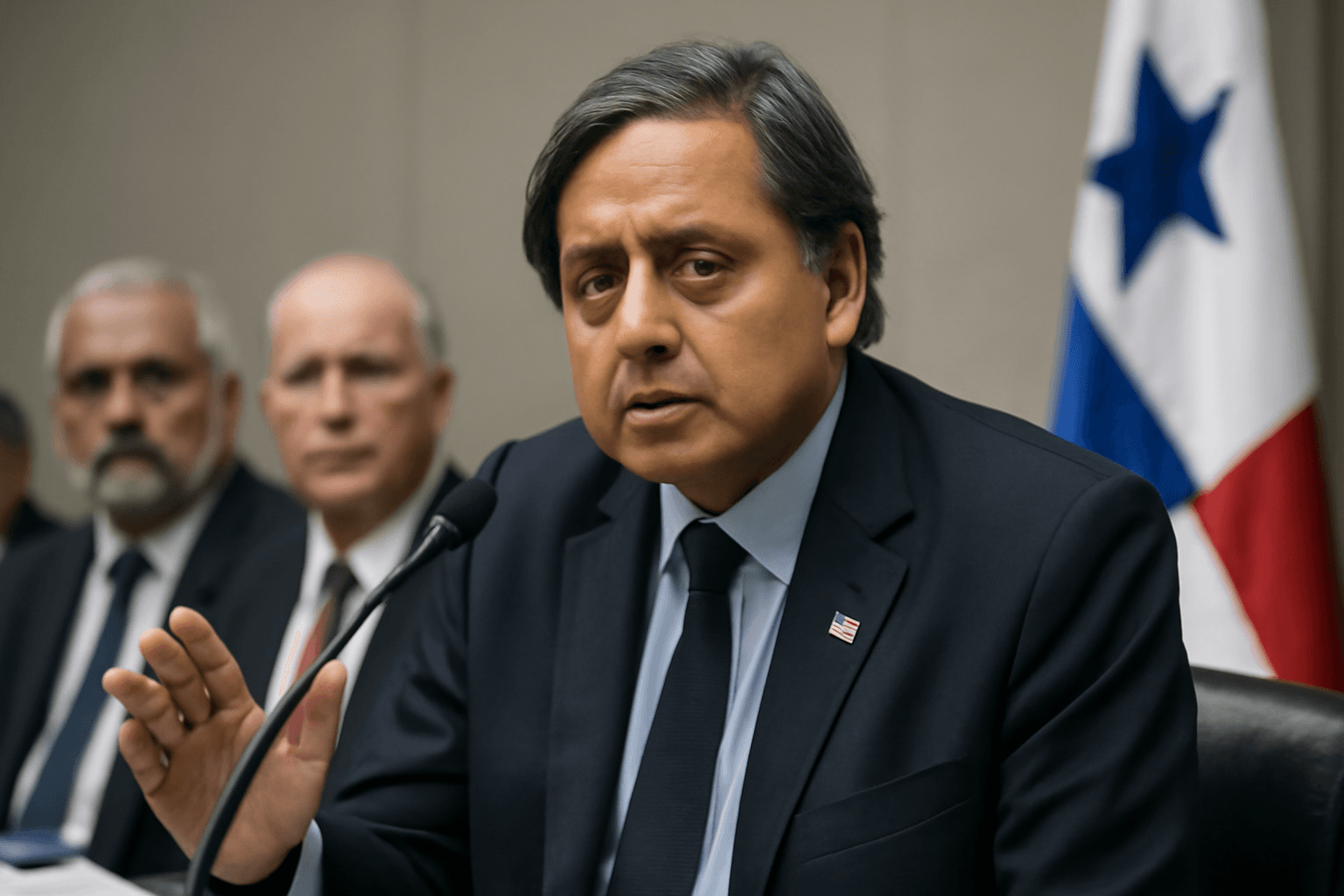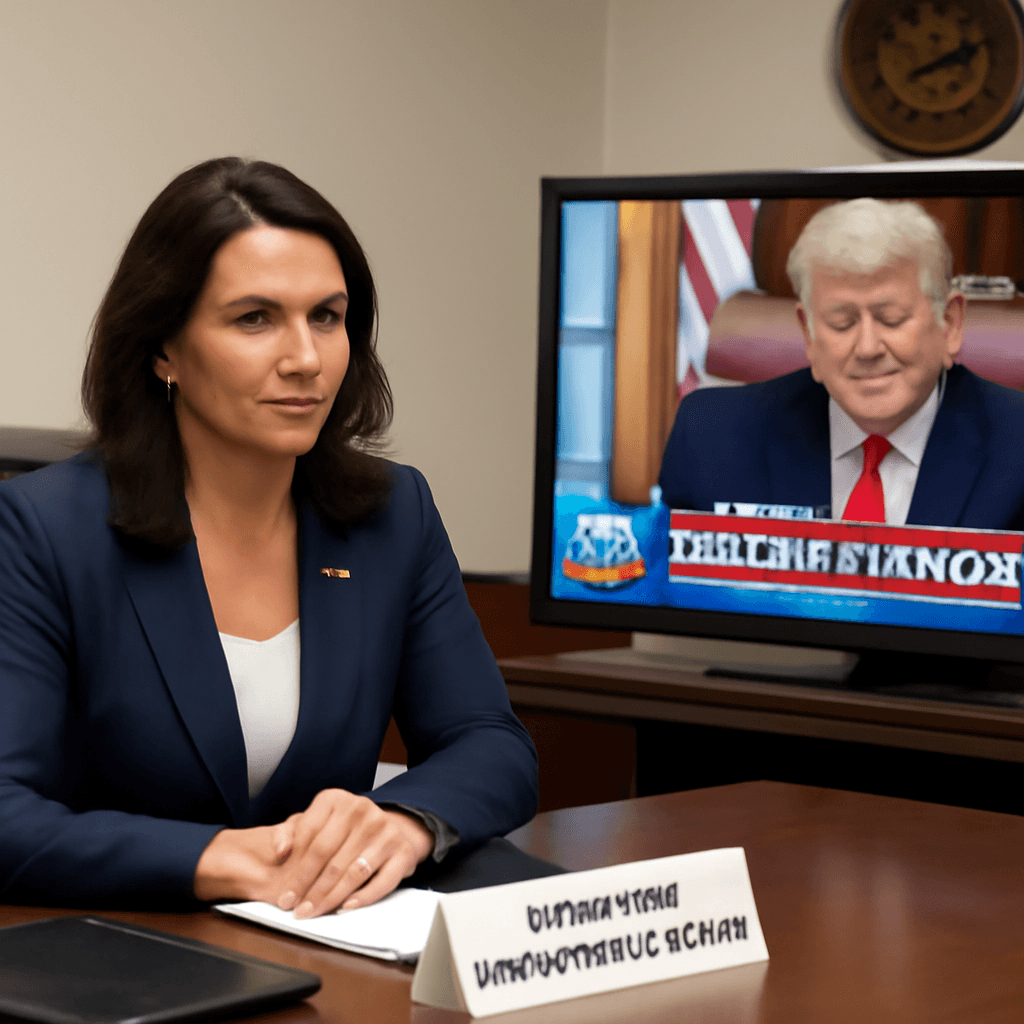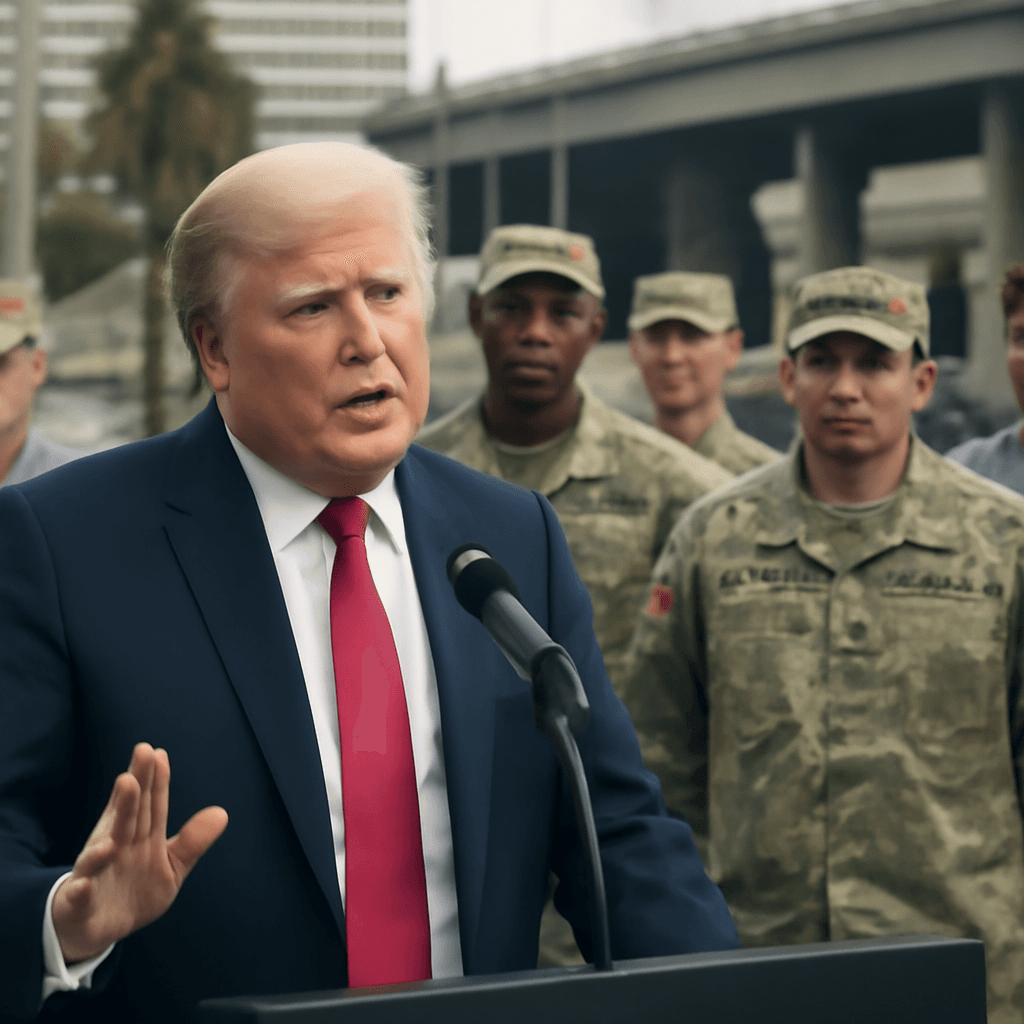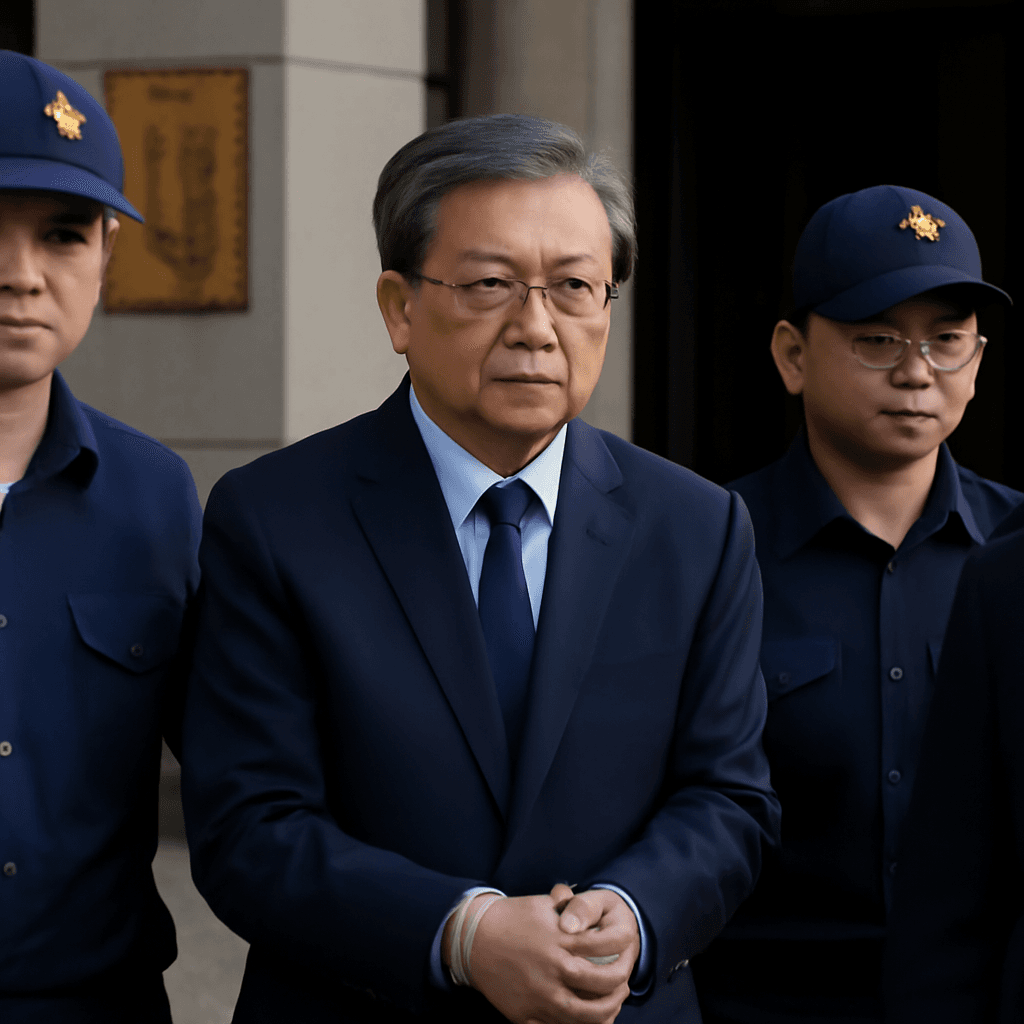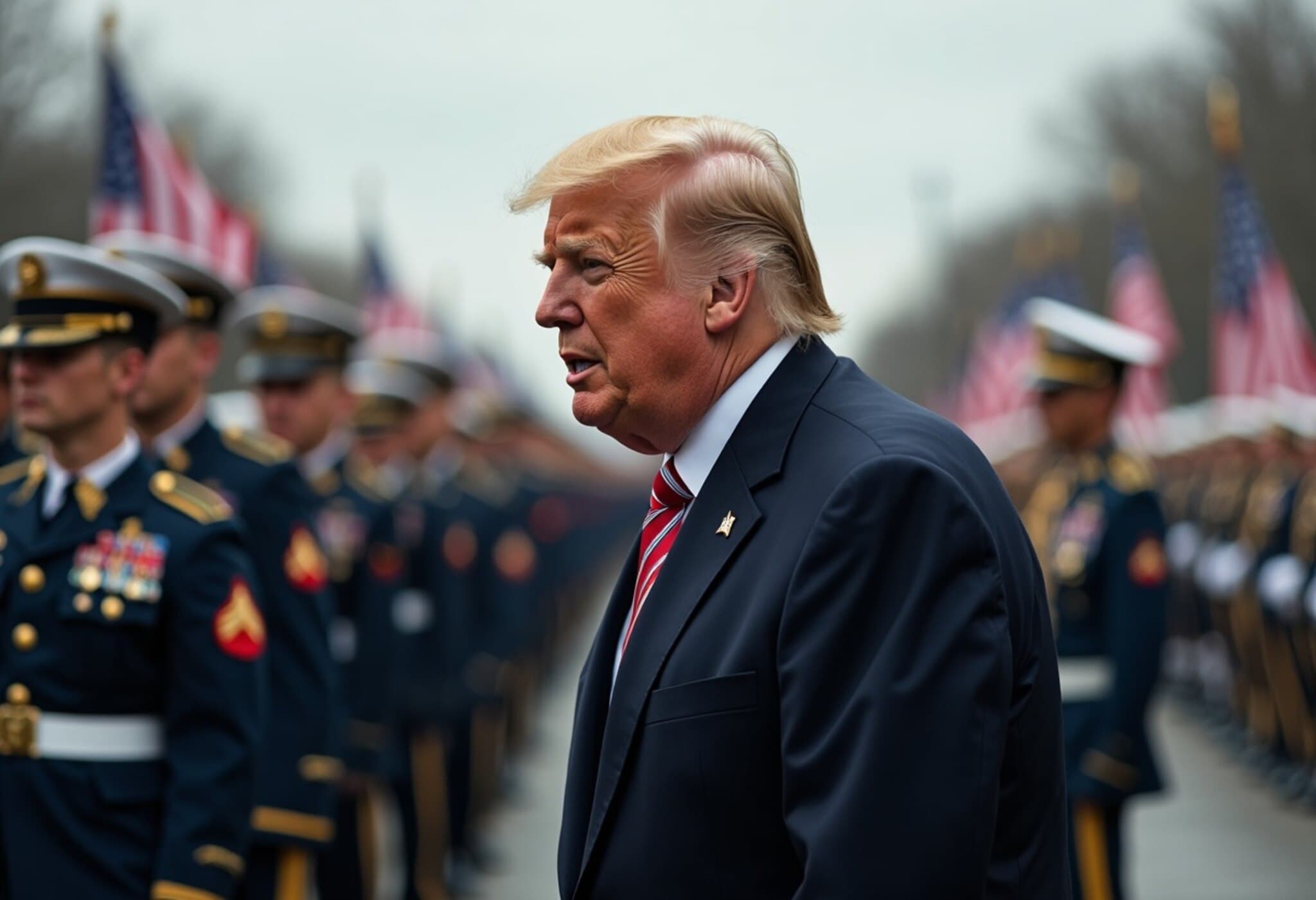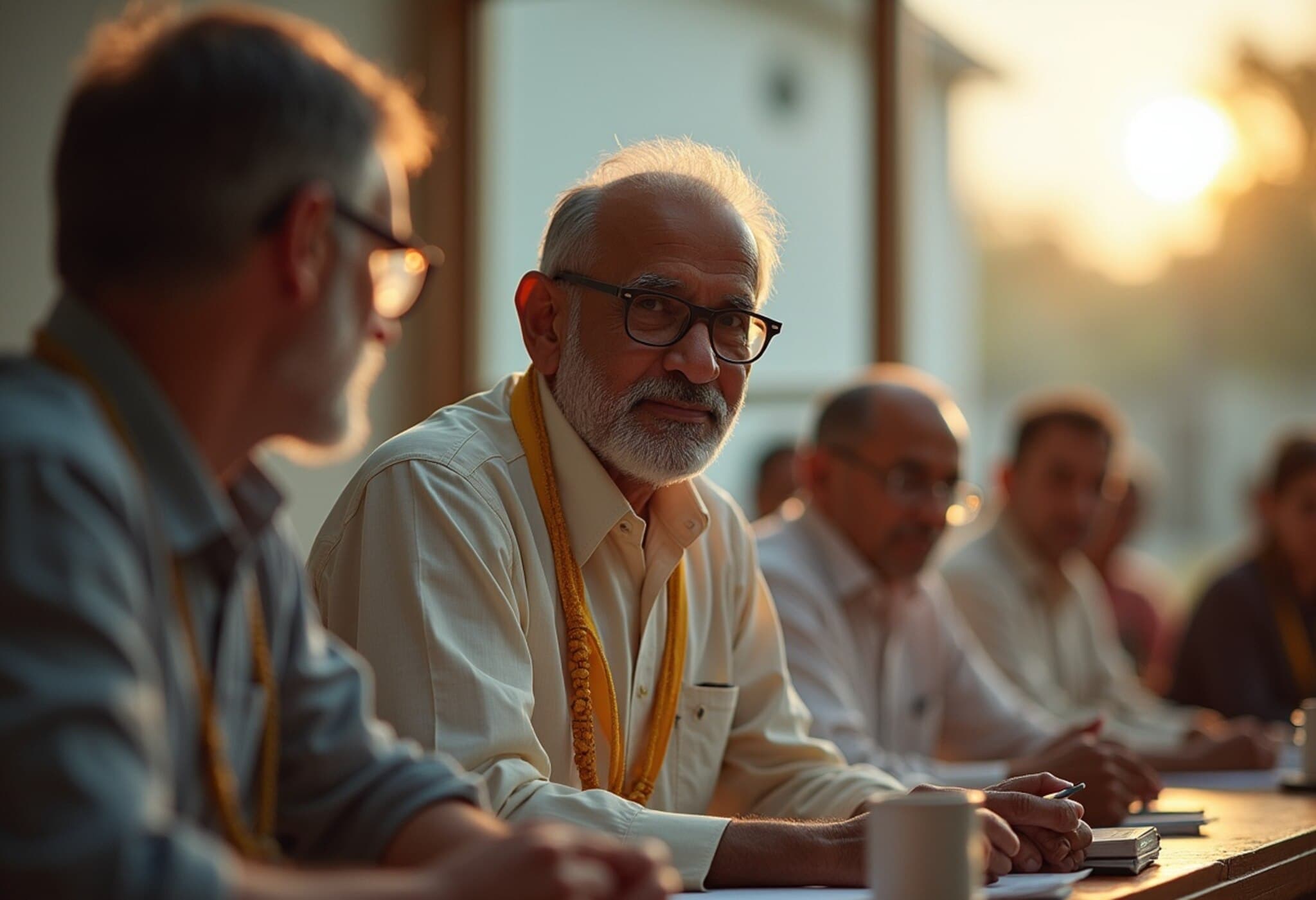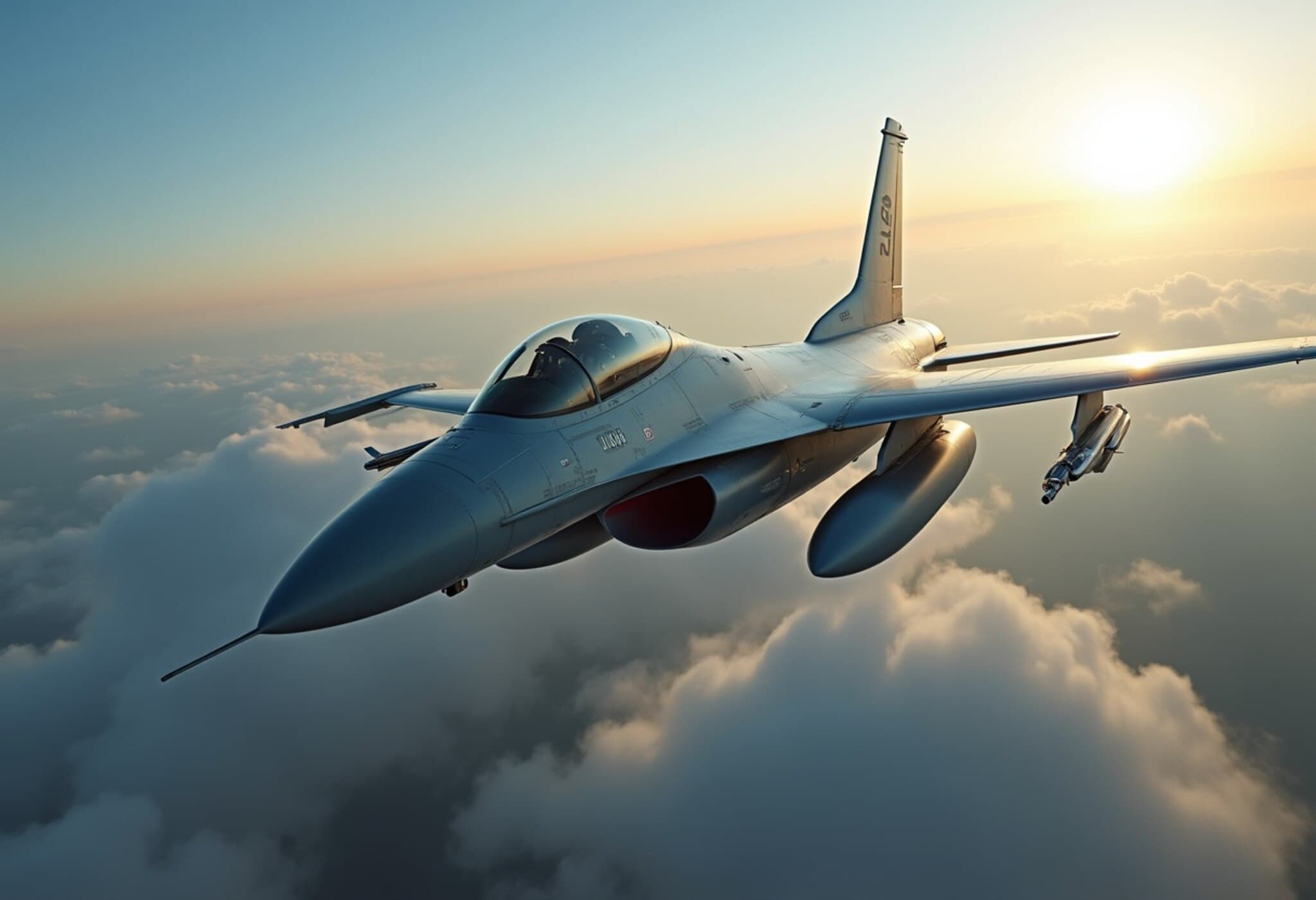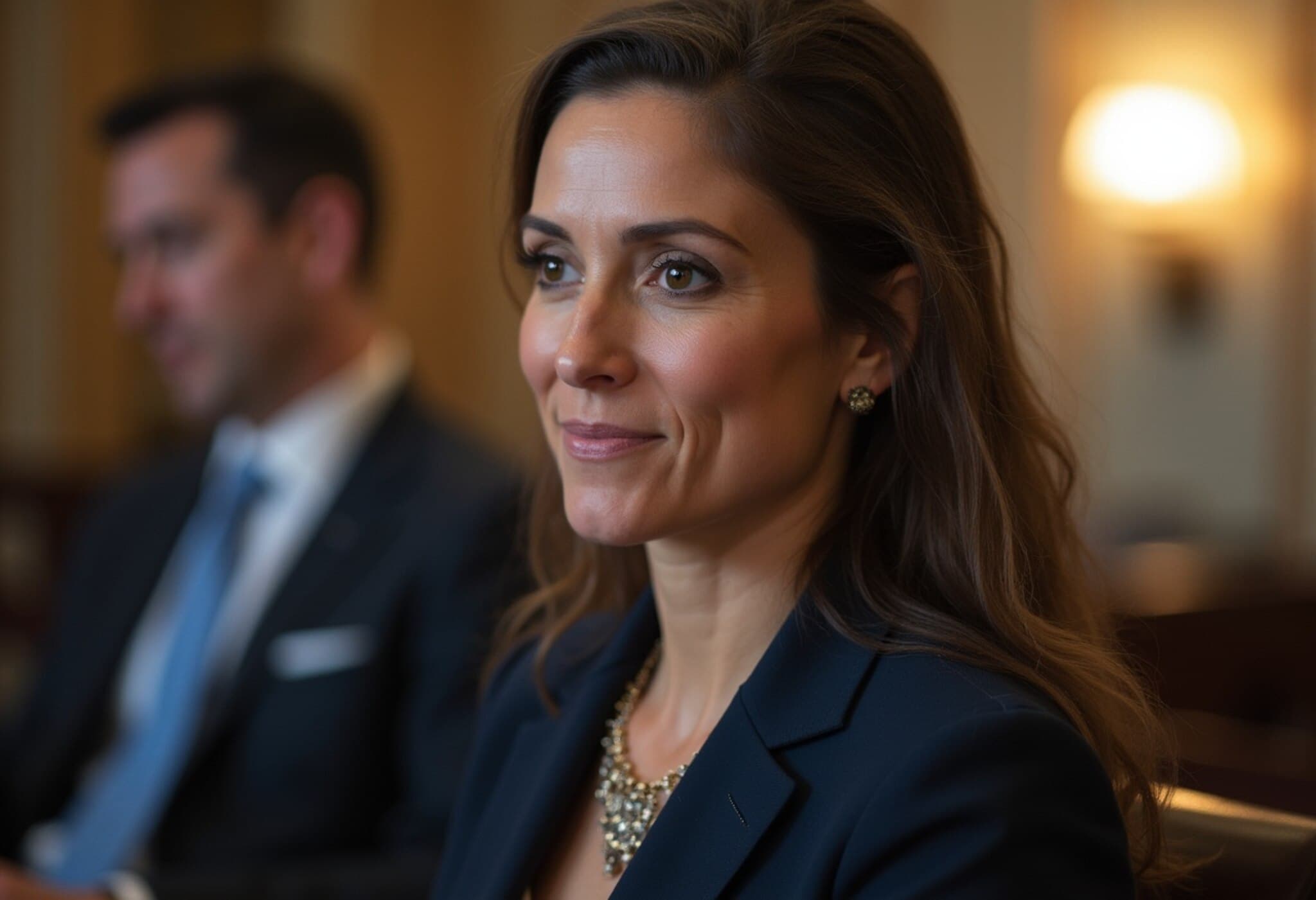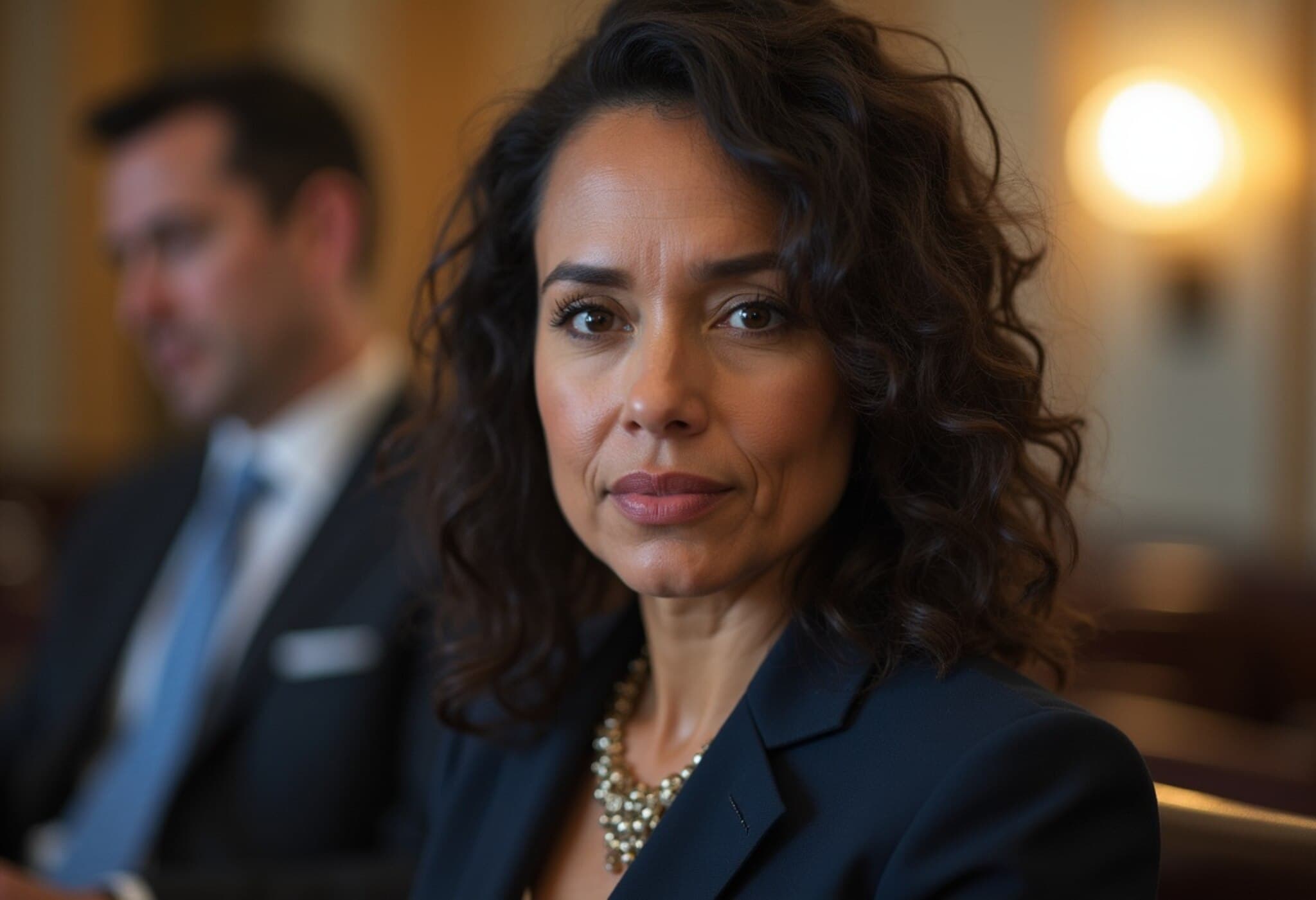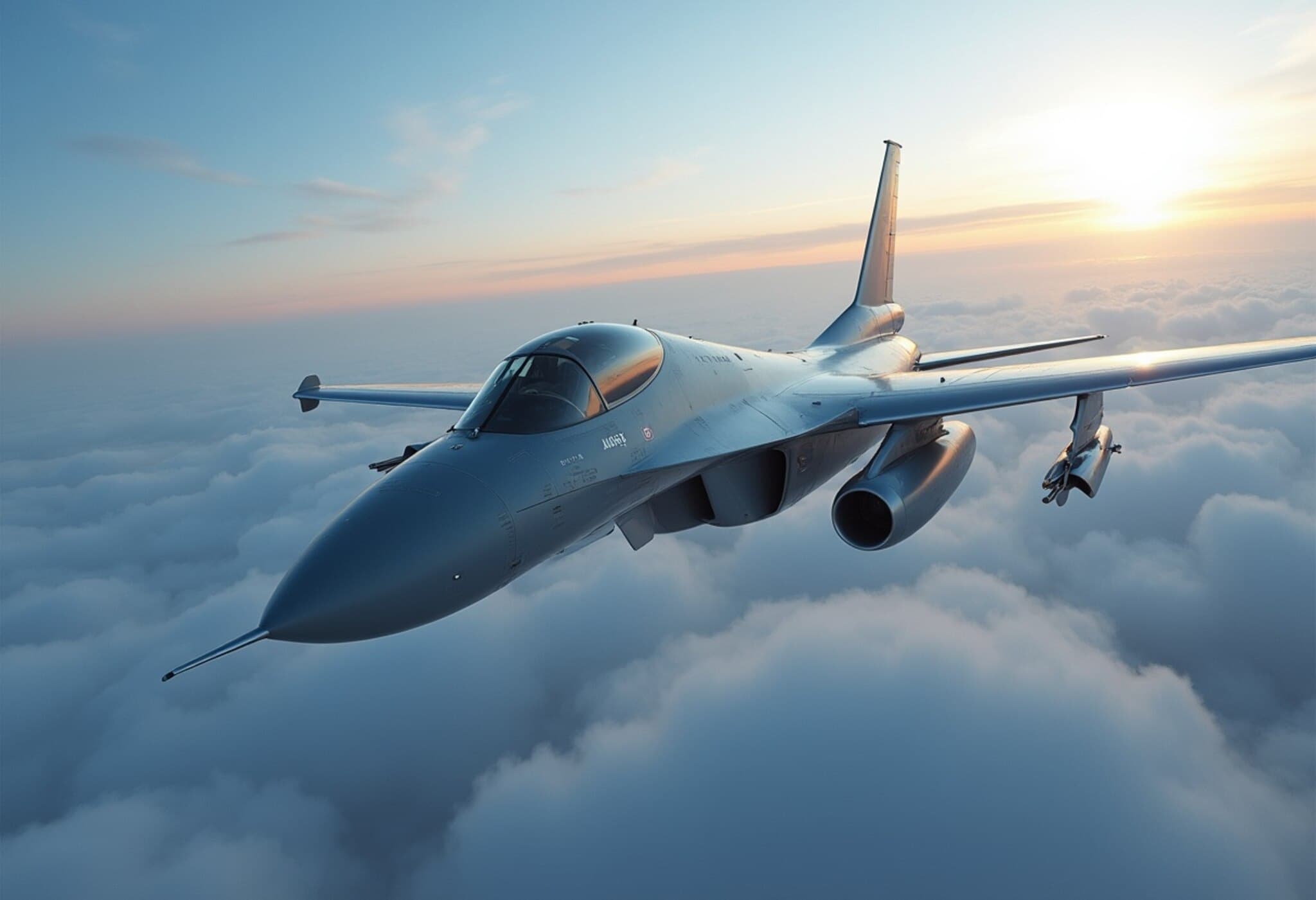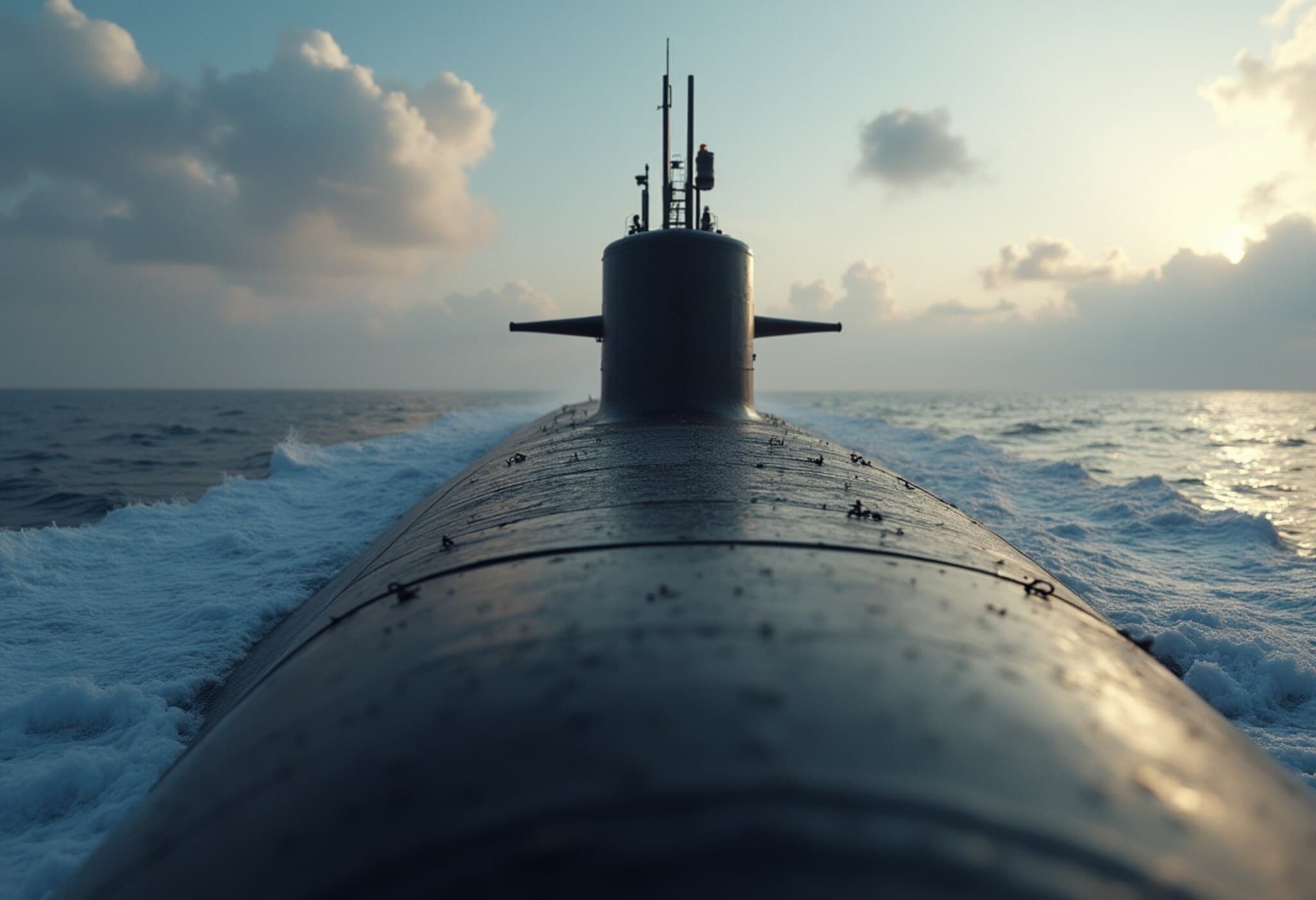Military Jets Scrambled after Civilian Aircraft Breaches No-Fly Zone near Trump Golf Club
On Sunday, August 3, 2025, a startling breach of restricted airspace near President Donald Trump’s golf club in Bedminster, New Jersey, prompted a swift military response. Around 12:50 p.m. local time, a civilian aircraft entered the temporary flight restriction (TFR) zone established by the North American Aerospace Defense Command (NORAD), leading to the deployment of U.S. fighter jets to intercept and escort the aircraft safely out of the no-fly zone.
Details of the Incident
The TFR zone over the Trump National Golf Club serves as a protective measure whenever the President is on-site, ensuring both security and safety from potential airborne threats. NORAD's fighter jets approached the unauthorized civilian plane, employing signal flares as a visual instruction for the pilot to exit the restricted area. Officials noted that while these flares were visible from the ground, they burned out swiftly and posed no danger to bystanders.
This incident marked the second breach into Trump’s restricted airspace that day and was one among five similar violations over the weekend. President Trump was present at the golf club during the breach and scheduled to return to the White House the same evening.
Context: A Rising Pattern of Airspace Violations
Since President Trump began his second term in January 2025, NORAD has reported a noticeable increase in airspace incursions near his properties. For instance, in July alone, five aircraft were intercepted in a single day over the Bedminster region. Earlier in the year, in March, a comparable breach was recorded near Mar-a-Lago, Trump’s resort and residence in Florida.
These repeated incidents underscore challenges in maintaining the integrity of federally restricted airspace surrounding high-profile national figures.
Importance of Adhering to Airspace Restrictions
NORAD and the Federal Aviation Administration (FAA) stress the critical nature of respecting TFRs:
- Compliance with FAA restricted airspace protocols is mandatory for all aircrews, irrespective of aircraft type or region.
- Pilots are urged to consult FAA Notices to Airmen (NOTAMs) before flights, which offer essential updates on temporary or permanent airspace limitations.
Failure to comply not only endangers the pilot and surrounding airspace safety but also triggers costly and potentially dangerous military responses.
Unanswered Questions and Broader Implications
The White House has yet to issue an official statement regarding Sunday’s intrusion or the spate of recent violations. Experts suggest that increasing civilian air traffic, including the rise of drone use and private aircraft, complicates enforcement around sensitive sites.
Furthermore, the incidents raise broader policy questions about the balance between airspace security and civil aviation freedom, as well as the technological capabilities necessary for early detection and rapid response.
A Closer Look: Why This Matters to Americans
Restricted airspace zones around high-profile figures like the U.S. President are not merely about convenience — they reflect national security priorities. Violations can indicate lapses in enforcement or pilot awareness, both of which carry significant risks.
As the U.S. continues to modernize its air defense systems, sustained vigilance and transparent communication between security agencies, airspace users, and the public remain crucial for maintaining safety and trust.
Editor’s Note
This recent incursion near President Trump’s golf club highlights a growing challenge for NORAD and the FAA: managing increasing unauthorized access to critical no-fly zones amid expanding civilian air traffic. The military’s readiness to respond is reassuring, yet these events illuminate the need for enhanced pilot education, robust detection technologies, and clear communication about flight restrictions. In an era of burgeoning aerial data networks and drones, how can policymakers strike the right balance between security imperatives and the freedoms of civilian airspace users? This ongoing dialogue will shape the future landscape of American aviation security.


